In today’s fast-paced business environment, staying competitive requires not just adapting to change but anticipating it. A key component to achieving this foresight is the optimisation of business processes. Strategic automations have become instrumental in enhancing productivity, reducing costs, and ensuring operational efficiency across various departments. One tool that has garnered significant attention for its prowess in this realm is Zapier, known for streamlining workflows by integrating numerous applications seamlessly.
Automating processes is no longer a luxury exclusive to tech giants but a necessity across all business sizes and sectors. This article will explore practical strategies for process optimisation using automation tools, highlighting case studies where strategic automation has significantly improved operations in HR, marketing, and finance.
The Power of Strategic Automation
Strategic automation involves using technology to execute processes that were traditionally done manually. It is about leveraging tools like Zapier to handle repetitive tasks, allowing employees to focus on more critical, strategic initiatives. Automating routine tasks not only saves time but also reduces the likelihood of human error, increases scalability, and provides a platform for consistent growth.
Practical Strategies for Implementation
When implementing strategic automation, businesses should begin by analysing their existing processes. Understanding which processes are most time-consuming or prone to error can offer insights into where automation can be most beneficial. Tools like Zapier come into play by enabling integrations between various applications such as Google Sheets, Salesforce, and Slack, thereby eliminating tedious manual data entry and enhancing overall efficiency.
Here are some crucial strategies for leveraging automation tools:
- Process Mapping: Identify and map out all the processes within your department that can be automated, focusing particularly on those that are repetitive and time-consuming.
- Integration of Systems: Use tools like Zapier to connect different software systems, allowing them to communicate and work together without manual intervention.
- Monitoring and Optimization: Continue to monitor automated processes and make adjustments as necessary to improve efficiency and outcomes.
Case Study: HR Transformation with Automation
The Human Resources department of a mid-sized company faced challenges with onboarding new employees. The process was manual, involving a sea of paperwork that was both time-consuming and prone to errors. By integrating Zapier with platforms like DocuSign and Greenhouse, the HR department automated the entire onboarding process. Electronic documents were automatically sent for signatures, and once completed, new hires were seamlessly added to the administrative platforms. This transformation reduced the onboarding time by 50% and drastically cut down on errors.
Case Study: Marketing Efficiency Gains
A digital marketing agency leveraged automation to manage and track their social media campaigns. Utilizing Zapier, they connected their CRM system with their social media management tools. Whenever a lead was generated through a social media ad, Zapier automatically added the lead to their CRM and sent a follow-up email. This automation ensured timely follow-ups, improving their conversion rates by 20% and freeing up personnel to focus on creating quality content rather than rote administrative tasks.

Case Study: Streamlined Financial Processes
The finance department of a logistics company was bogged down with managing monthly expense reports and reimbursements. By using Zapier in conjunction with financial platforms like Expensify and QuickBooks, they automated this process significantly. Receipts uploaded into Expensify were automatically sent to the corresponding QuickBooks accounts, streamlining the expense reporting process. As a result, the reporting time reduced by 30%, while errors in financial documentation saw a tangible decline.
Industry Insights and Data
According to recent research by McKinsey & Company, potential productivity gains from automation can reach up to 20% in several industries. Furthermore, Forrester reports that businesses leveraging automation can experience up to a 30% increase in efficiency and a 25% reduction in operational costs. These statistics encourage organisations across all sectors to consider automation as not just a trend, but an integral part of their strategic planning.
Conclusion: Future-Proofing Your Business
For businesses seeking sustained growth and efficiency, integrating automation into their processes is paramount. The examples outlined in this article demonstrate how various departments can leverage tools like Zapier to optimise their operations. Whether it is reducing the time to onboard a new employee, enhancing the effectiveness of a marketing campaign, or streamlining financial processes, strategic automation offers tangible benefits.
To stay ahead in today’s business landscape, embracing automation not only optimises current processes but also paves the way for future innovations. Now is the time for organisations to explore how these tools can revolutionise their operations and drive them towards unparalleled success. Considering these benefits, it might be worthwhile for your business to explore how Pineo can help you leverage automation tools to optimise your processes, ensuring you remain at the forefront of your industry.





